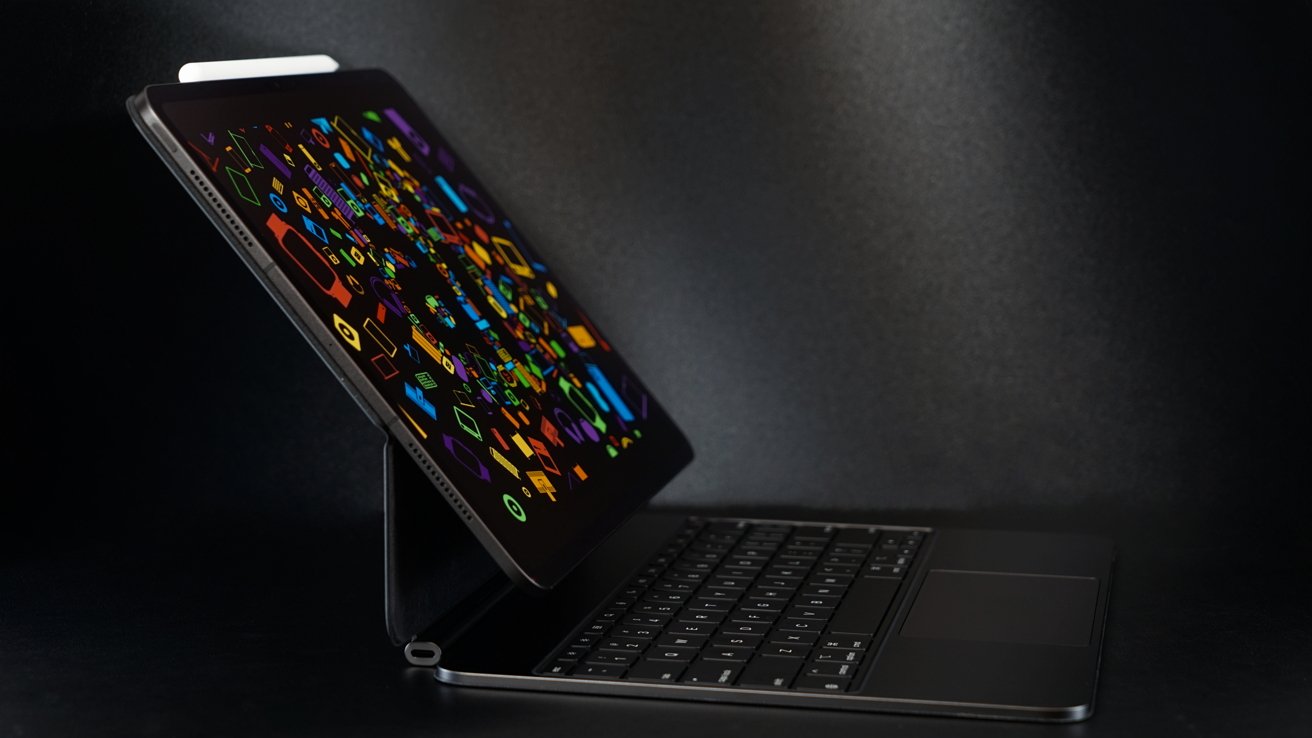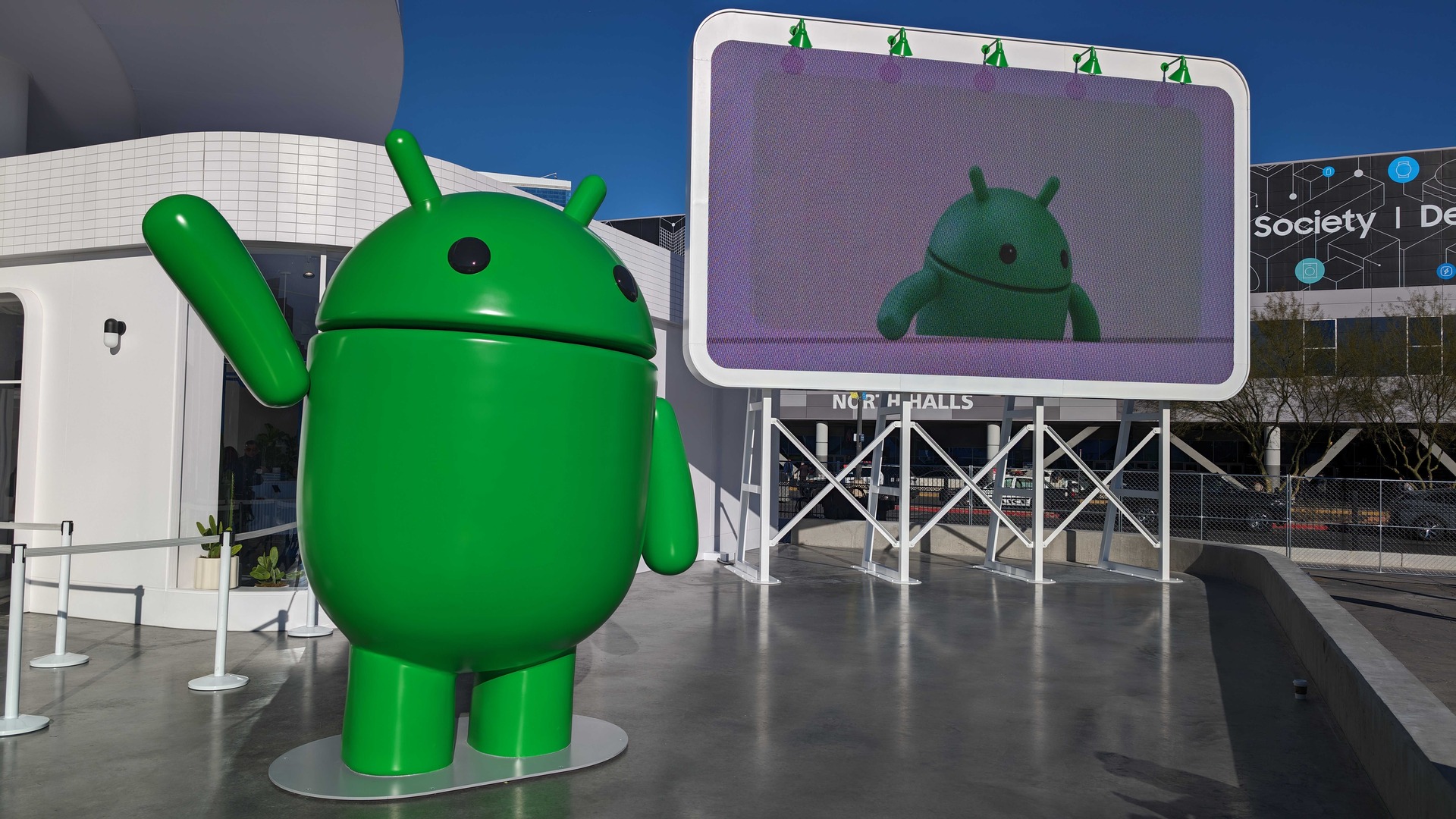One of the things that Apple didn’t say during its developer conference keynote talk emerged soon after. During another session at WWDC25 (that Apple calls ‘Platforms State of the Union’) it was announced that this year’s macOS 26 Tahoe will be the last to support Intel-based Mac laptops and desktops. And that’s why you’ll probably want to upgrade over the next couple of years.
That means 2019 and early-to-mid 2020 Macs will lose support earlier than they otherwise would. But by late 2026 when macOS 27 comes out, it will be six years since the last Intel Macs were released and nearly the same amount of time since the first Apple Silicon Macs.
Apple will continue to release security updates for three years (presumably from now). So you’ll definitely want to have moved on by mid-2028 in my opinion as Apple won’t update your Mac against security threats and other things that early computer magazines called ‘net nasties’.
For macOS Tahoe, Intel-based Macs that meet the system requirements will get access to the new Liquid Glass design, Spotlight and Continuity updates. You’ll also get the new Phone app for macOS.
As you may know, Intel Macs don’t support features like Apple Intelligence. Supported Intel-based Macs include MacBook Pro (16-inch, 2019), MacBook Pro (13-inch, 2020, four Thunderbolt 3 ports), iMac (27-inch, 2020) and Mac Pro (2019). It is a little weird for me looking at that list knowing that some of these machines were some of the most powerful PCs on the market at the time.
It’s also hard not to feel sorry for those people who bought the 2019 Mac Pro (at great cost, starting at $5,999) when Apple Silicon was only just around the corner (though we were still four years off an Apple Silicon Mac Pro).
During its talk, Apple suggested that app developers should complete any outstanding work needed to migrate fully to Apple Silicon saying that it will support the Rosetta emulation technology for macOS 26 and 27 – meaning apps and technologies designed for Intel Macs only can still run.
During his address, Apple’s senior director of developer relations said: “Apple Silicon enables us to achieve things that were previously unimaginable and it’s time to put all of our focus and innovation there.
“If you’ve not done so already, now is a great time to help your users migrate to the Apple silicon version of your apps.”








